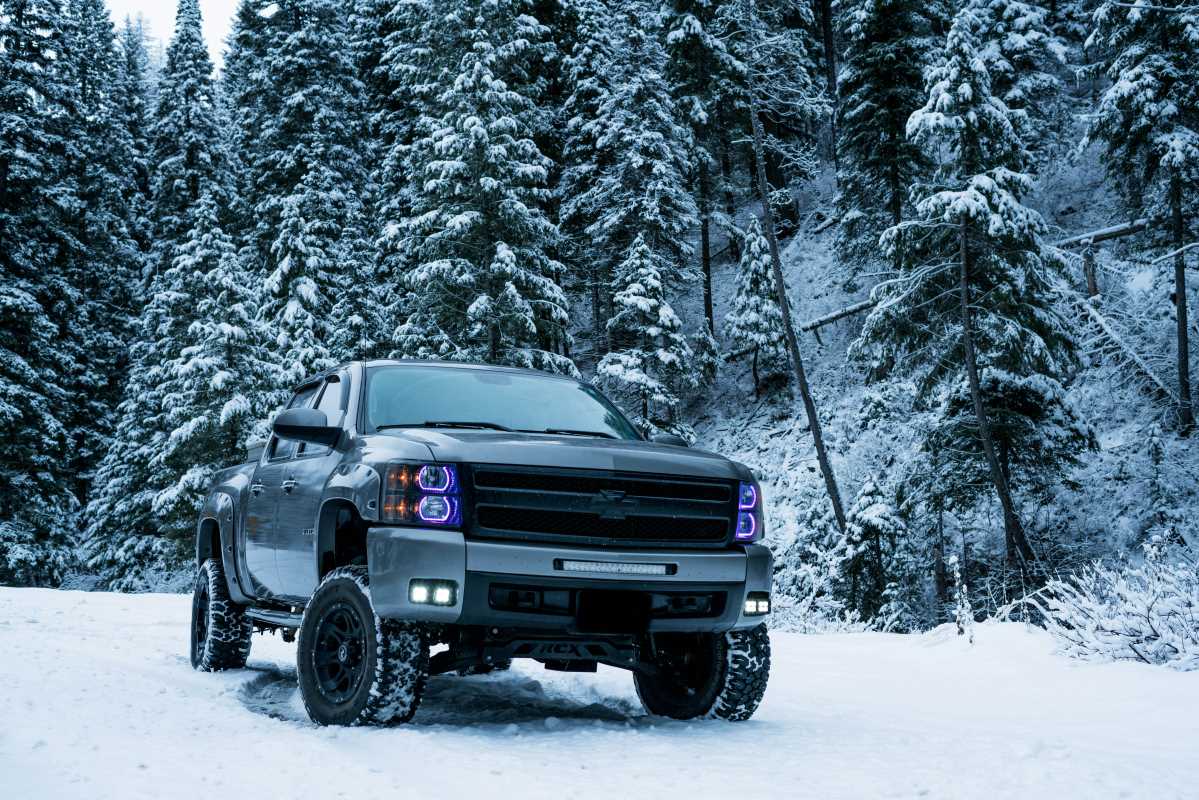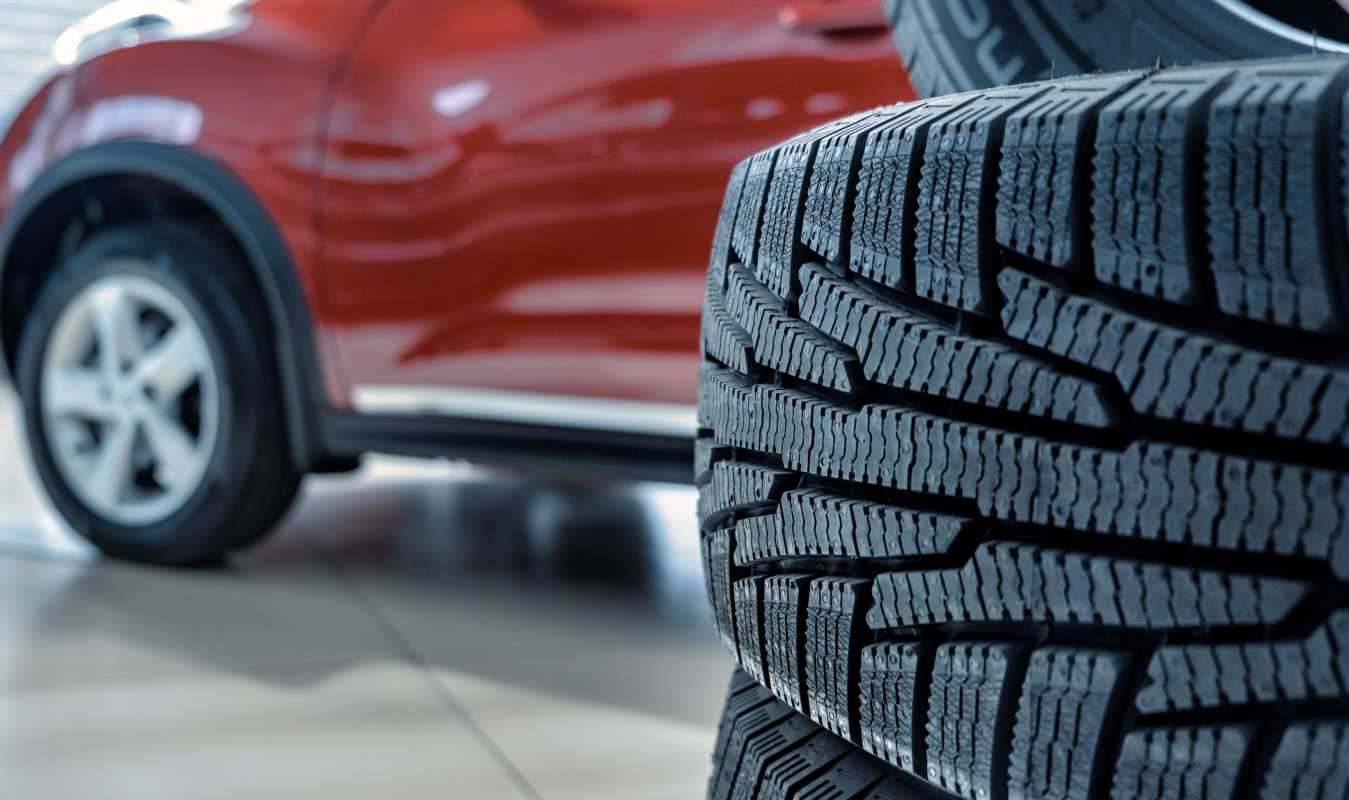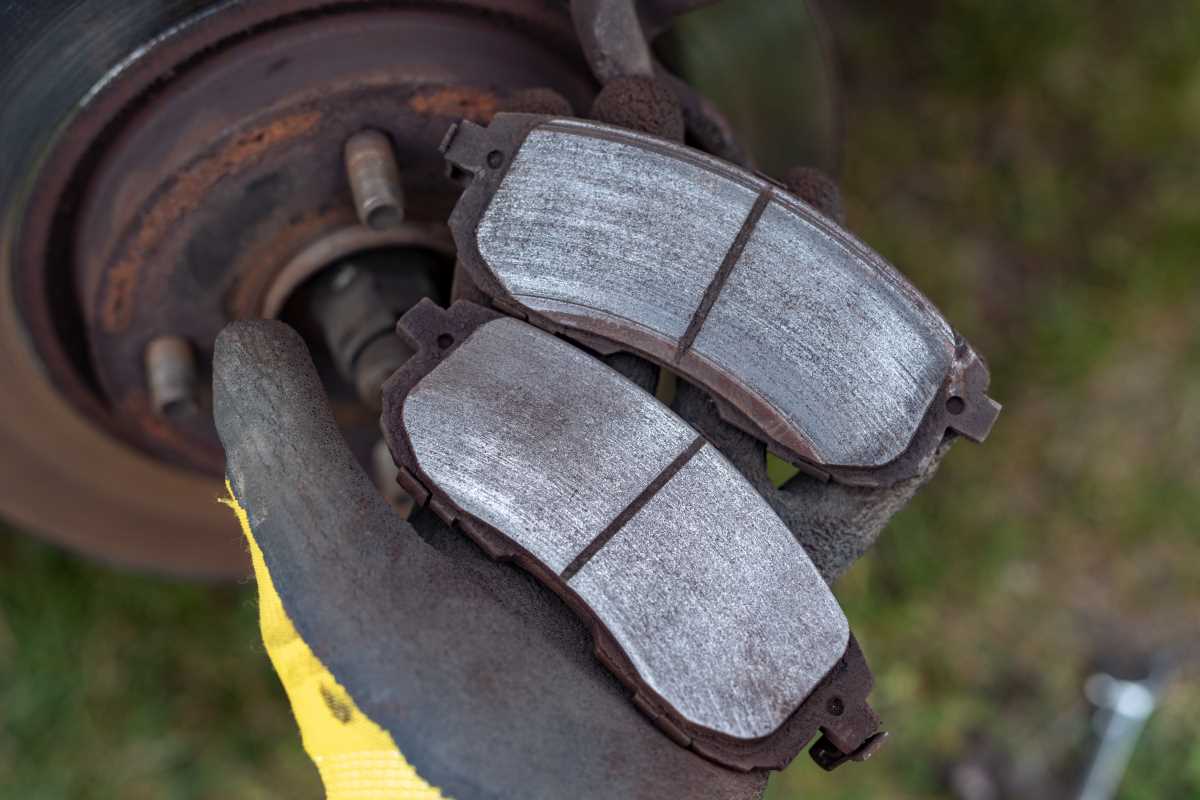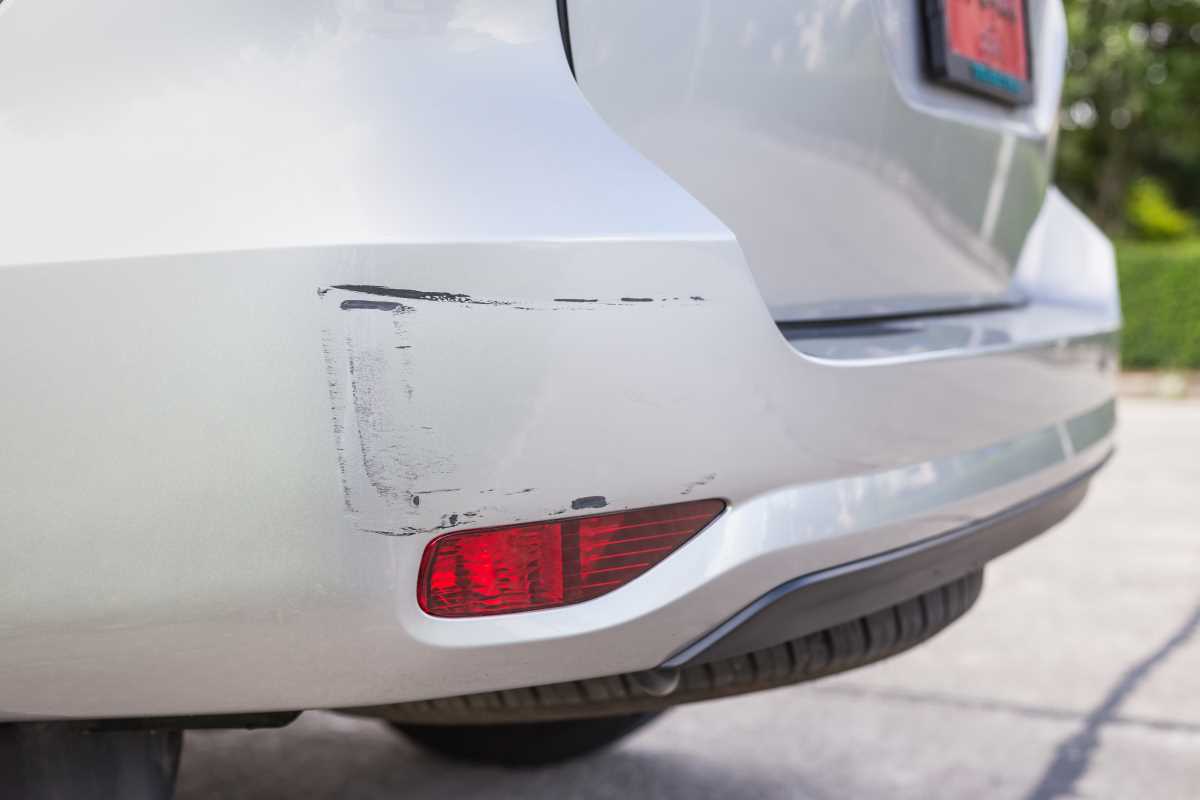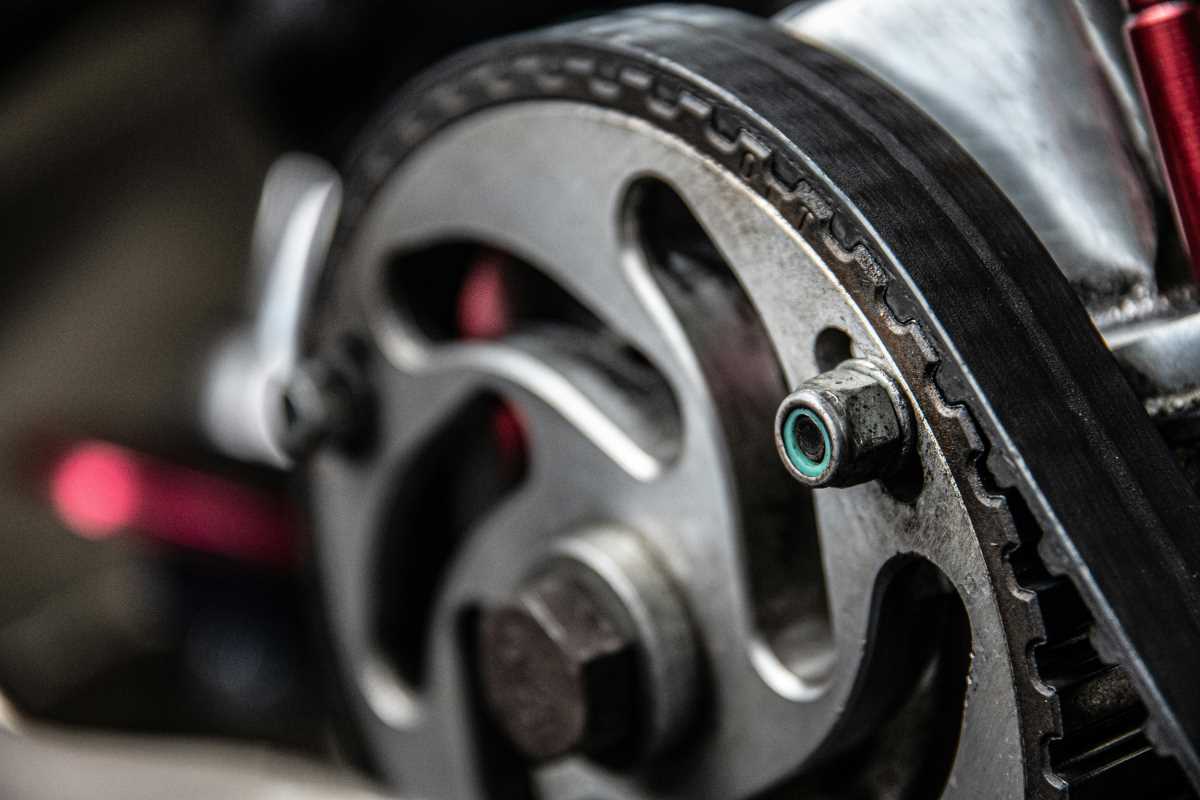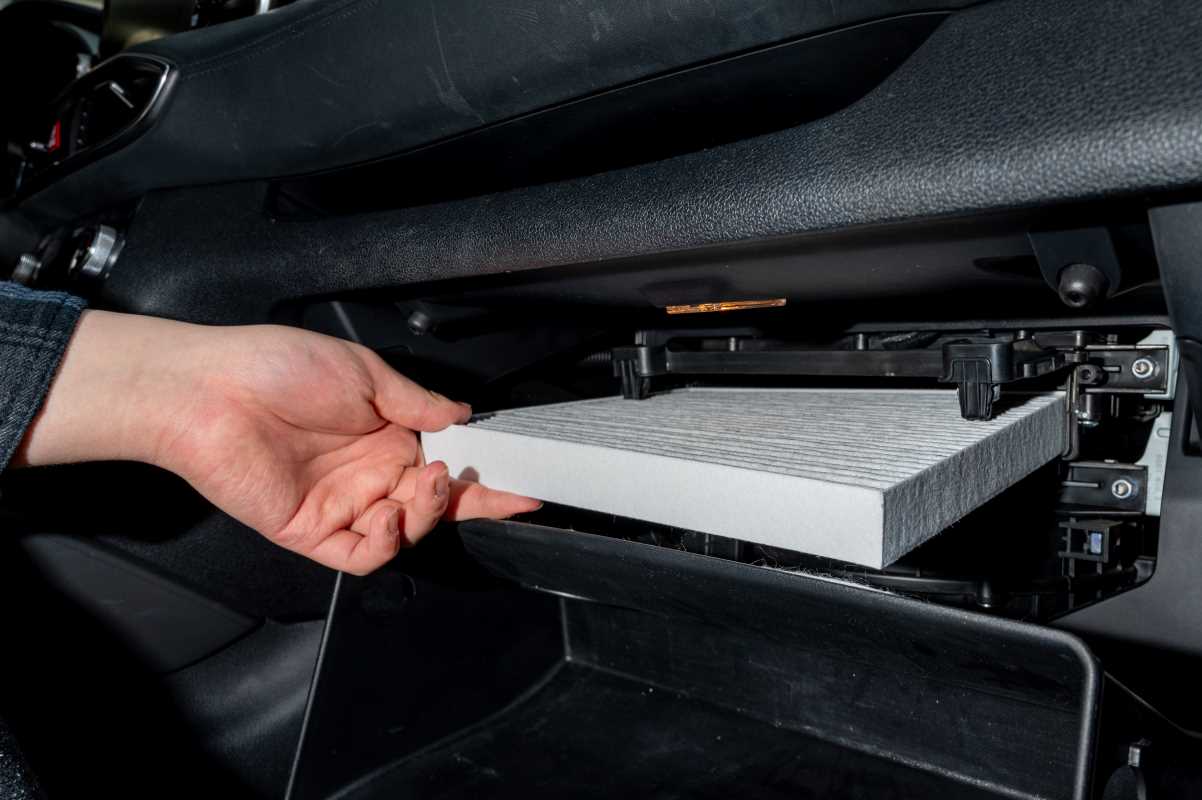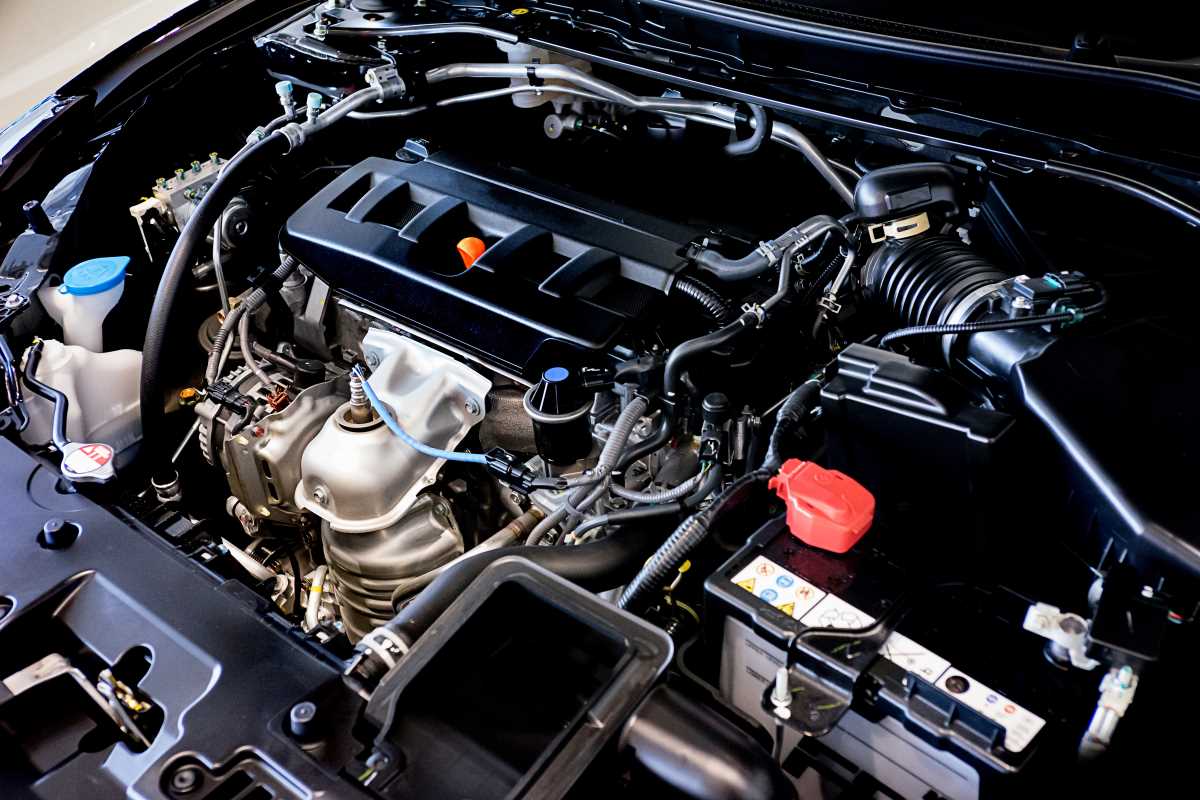When the temperature drops and the first snowflakes fly, your car faces its toughest test of the year. Winter brings a host of challenges, from hard starts on icy mornings to treacherous road conditions that demand maximum traction and visibility. A car that was perfectly fine in the summer can quickly reveal its weaknesses in the cold. A weak battery dies, summer washer fluid freezes solid, and worn tires turn your car into a sled. Taking the time to prepare your vehicle for the harsh realities of winter is one of the smartest things you can do. It's about more than just convenience; it's about safety, preventing breakdowns, and avoiding the stress of being stranded in the cold.
Get a Grip with the Right Tires
Your tires are your single most important safety feature in winter. All-season tires can be adequate in areas with mild winters, but they are a compromise. The rubber compound in all-season tires begins to harden and lose grip as temperatures fall below 45°F (7°C). Winter tires, on the other hand, use a special rubber compound that stays soft and flexible in the cold, providing superior traction on snow and ice. They also have unique tread patterns with thousands of tiny slits, called sipes, that bite into slick surfaces. If you live where snow and ice are common, investing in a set of four winter tires is the best way to ensure you can stop and steer when you need to most. Also, remember to check your tire pressure regularly, as it can drop about 1 PSI for every 10-degree drop in temperature.
Check Your Battery’s Power
A cold engine is much harder to start, and frigid temperatures can slash your battery's power by more than 50%. A battery that was already weak during the summer may not have enough juice to turn the engine over on a freezing morning. Most auto parts stores will test your battery for free. This test can tell you if your battery is still healthy or if it’s nearing the end of its life, which is typically 3-5 years. If your battery is more than three years old or showing signs of weakness, replacing it before you get stranded is a wise and relatively inexpensive preventative measure.
The Right Fluids for Freezing Temps
Just as you need a warm coat, your car needs the right fluids to handle the cold. Check your coolant, also known as antifreeze. It should be a 50/50 mix of antifreeze and water to prevent your engine from freezing. You can check the concentration with a simple, inexpensive tester. Never mix different types or colors of coolant. It’s also crucial to switch to a winter-grade windshield washer fluid rated for freezing temperatures, often down to -20°F or lower. Using summer fluid or plain water will lead to a frozen reservoir and useless wipers when you need them most. Finally, check your owner's manual to see if a thinner weight of engine oil is recommended for winter, which can help the engine turn over more easily in extreme cold.
Maximize Your Visibility
Being able to see and be seen is critical in a snowstorm. Start by installing a fresh set of winter wiper blades. These blades are designed to resist ice buildup and remain flexible in the cold, clearing your windshield much more effectively than worn summer blades. Test your car’s heater and defroster to make sure they are working properly to clear frost and fog from your windows. Before you drive, take the time to completely clear all snow and ice from your car, including the roof, hood, trunk, and all lights. Driving as a "peephole pilot" with only a small patch of windshield cleared is incredibly dangerous and illegal in many places.
Build a Winter Emergency Kit
Even a well-prepared car can run into trouble. Having a winter survival kit in your trunk can turn a major crisis into a manageable inconvenience. Essential items include a snow brush and ice scraper, a small shovel, and a bag of sand or cat litter for extra traction if you get stuck. Also pack jumper cables, a flashlight with extra batteries, warm gloves, a hat, and a blanket. It’s also smart to include some non-perishable snacks, a bottle of water, and a portable phone charger. This kit is your lifeline if you are ever stranded and waiting for help.
Wash Away the Grime
Road salt is essential for melting ice, but it’s also extremely corrosive to your car's underbody, suspension, and brake lines. Throughout the winter, make a habit of taking your car through a car wash that has an underbody spray. This will rinse away the salt and chemical buildup that leads to rust. To prevent your doors from freezing shut, you can wipe the rubber door seals with a thin layer of silicone spray or a dedicated rubber protectant. This creates a barrier that stops ice from bonding the door to the frame.
